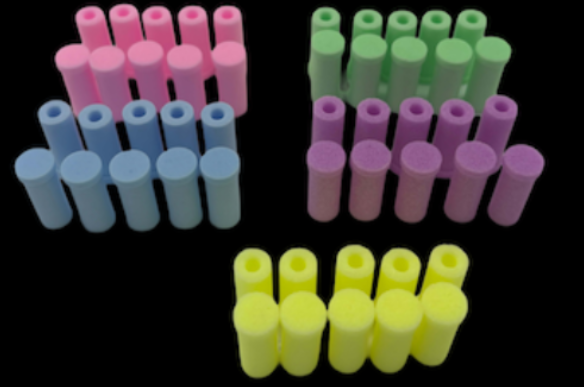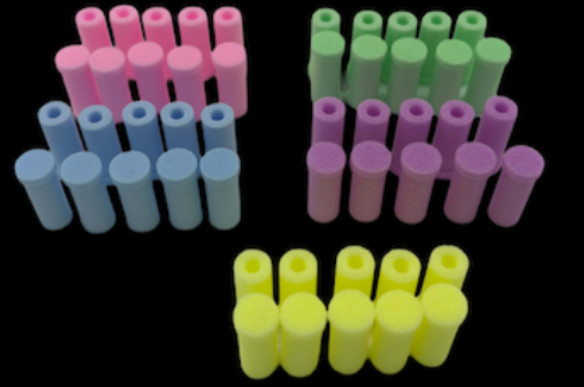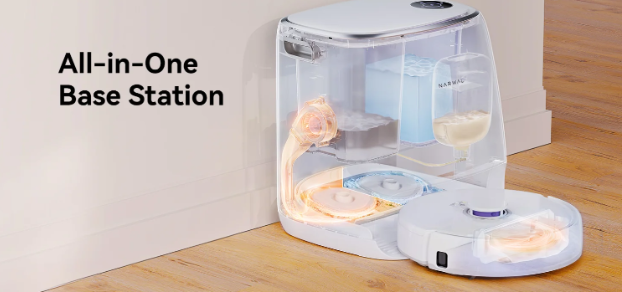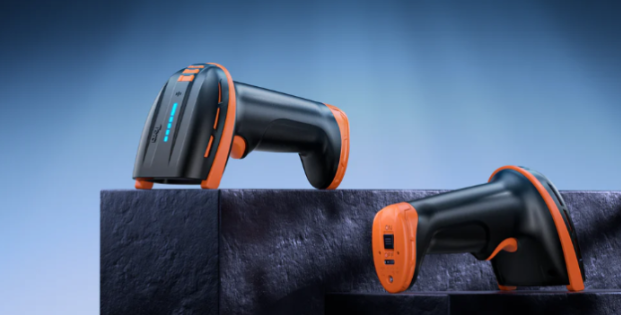Why Are Your Floors Sticky After Cleaning?
Sticky floors after cleaning can be a frustrating problem. You clean diligently, yet the floor feels sticky instead of fresh. The cause can often be traced back to the cleaning process itself. Let’s explore common causes and solutions. Understanding the Causes of Sticky Floors Several factors can contribute to that unwanted stickiness, turning a seemingly…
Sticky floors after cleaning can be a frustrating problem. You clean diligently, yet the floor feels sticky instead of fresh. The cause can often be traced back to the cleaning process itself. Let’s explore common causes and solutions.
Understanding the Causes of Sticky Floors
Several factors can contribute to that unwanted stickiness, turning a seemingly simple cleaning task into a persistent problem. Identifying the root cause is the first step toward achieving truly clean floors.
Overuse of Cleaning Products
Many believe that using more cleaning solution leads to a cleaner floor. However, excess cleaner often leaves behind a sticky residue. This is especially true if the floor isn’t rinsed well enough.
Using the correct amount of cleaning product, as instructed on the label, is crucial. Most bottles have measuring caps to help ensure accurate dispensing for the stated amount of water.
Infrequent Water Changes
Cleaning a large area with the same bucket of water spreads dirt around rather than removing it. The water quickly becomes saturated with grime, leaving a thin, sticky layer on the floor. To avoid this, change the cleaning water frequently, especially when it becomes discolored or contains visible debris. Following the cleaning process, use clean water to rinse it. Change this water as soon as it becomes soapy or dirty.
This is particularly pertinent concerning hygiene. Using the same water across different areas can lead to cross-contamination, spreading germs and bacteria from one area to another.
Using the Wrong Cleaning Product
Different floor types and messes require different cleaning solutions. While mild soap may suffice for general cleaning, tougher stains may require specialized chemicals. Remember that the basic rule for removing sticky substances is to use a floor cleaner with the opposite pH to the sticky dirt. For example, an acidic cleaner works better on alkaline dirt. Careful product selection is essential to maximize cleaning efficiency and prevent damage to the floor.
Inadequate Equipment Maintenance
Even the most effective cleaning product is useless if the equipment is dirty. Old, unmaintained mop heads spread dirt and grime rather than remove them. Regular cleaning and maintenance of equipment are essential.
Advanced floor scrubbing machines can deliver better results in less time than manual mopping.
Insufficient Cleaning Frequency
Floors will inevitably become sticky if not cleaned regularly. Spills, tracked-in dirt, and other debris accumulate, creating a sticky layer. Regular cleaning is essential to prevent this buildup and maintain clean, non-sticky floors.
Solutions for Sticky Floors
Once you’ve identified the cause of your sticky floors, you can take steps to remedy the situation. Here are some tips to help you get rid of that unwanted stickiness.
Dilution Guidelines and Neutral Cleaners
Following the recommended dilution guidelines is crucial for successful cleaning with chemical products. Always refer to the manufacturer’s instructions on the product label. If no information is available online, contact the manufacturer.
Using a neutral floor cleaner, with a pH of 7, is the best way to avoid sticky floors. Unlike alkaline-based cleaners, neutral cleaners don’t leave behind a sticky residue.
Rinsing, Vinegar, and Ammonia
Sometimes, all that is needed is a simple plain water rinse. If you are still noticing a sticky floor, you can use a solution of vinegar and water. The acidity of vinegar helps cut through residue without damaging most floor types. Mix one cup of white vinegar with one gallon of water. Mop the floor with this solution, then rinse with clean water.
For stickier situations, ammonia can be used. Mix half a cup of ammonia with one gallon of water in a bucket. Wipe the sticky spots on the floor with the solution. Thoroughly rinse with clean water. Exercise caution when using ammonia, as it can damage wood floors or those that are not properly sealed.
Dealing with Stubborn Residue
For thick or old residue, rinsing with plain water may not be sufficient. In these cases, an auto scrubber can be used with a red pad. The red pad is designed to be non-abrasive, and will not damage the floor.
If the residue persists, a more abrasive blue pad may be needed.
Preventative Measures
- Use the Right Amount of Cleaner: Using too much cleaning product to clean your floors can lead to residue buildup, resulting in sticky floors. Read the instruction label to ensure you are using just the right amount of cleaner for the best shiny floors.
- Always Rinse: After washing your floor using a neutral cleaner, it is advisable to rinse it with clean water to eliminate residue.
- Wipe Up Spills: Do not give spills a long time to remain on your floor, because this will leave your floor stickier more than usual. Have a wipe nearby that you can use right when spills occur on your floors.
The Role of Technology in Floor Cleaning
Modern technology offers efficient solutions for floor cleaning. These tools can significantly reduce the effort and time required to maintain clean floors.
A major innovation in modern floor care is the introduction of robot vacuum cleaners. These smart devices move through your home on their own, handling dirt, dust, and grime with ease. Equipped with functions like automatic water refilling and pad cleaning, they give you consistent results while requiring almost no effort on your part.
Final Thoughts
Sticky floors are a common problem with various root causes, but you can achieve truly clean and comfortable floors by understanding these causes and applying the appropriate solutions. Whether it’s adjusting your cleaning techniques or employing technology, remember to focus on using the right amount of product, changing water frequently, and addressing spills promptly.





